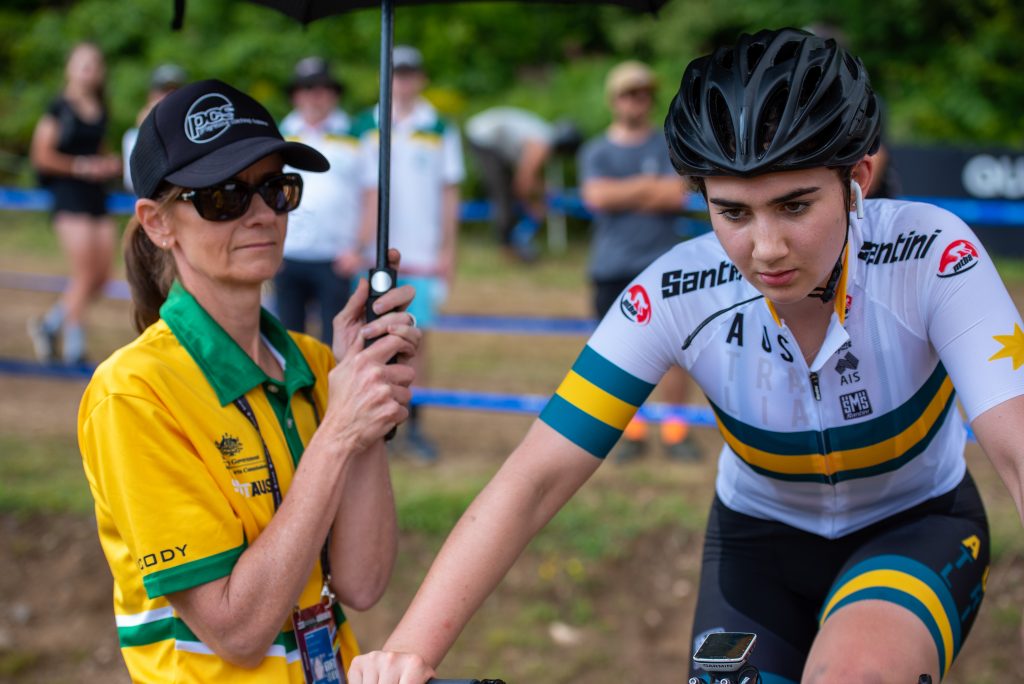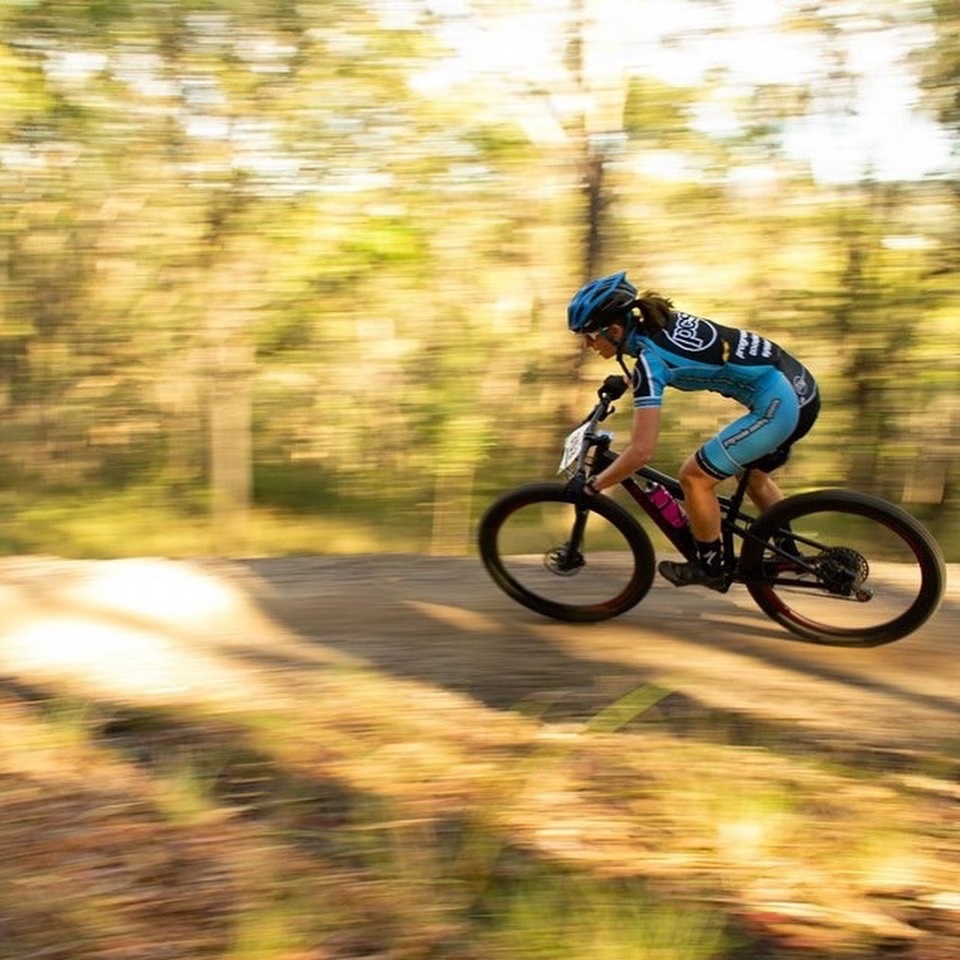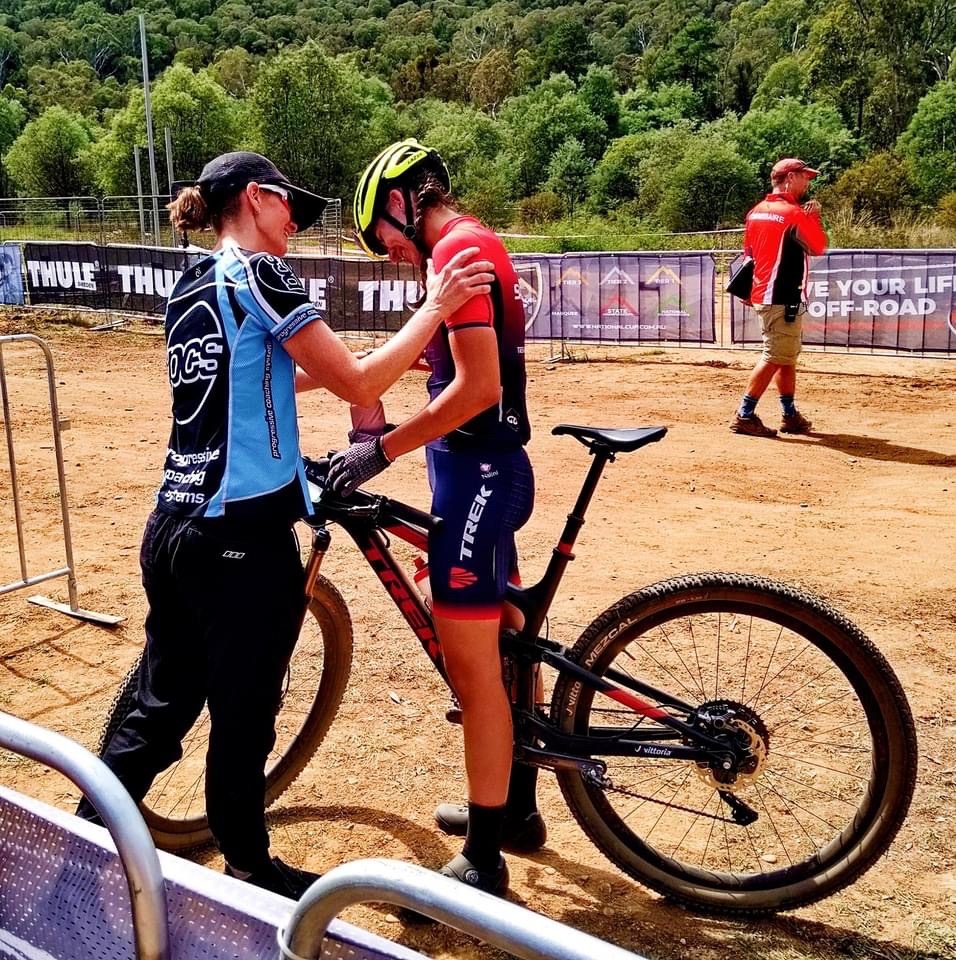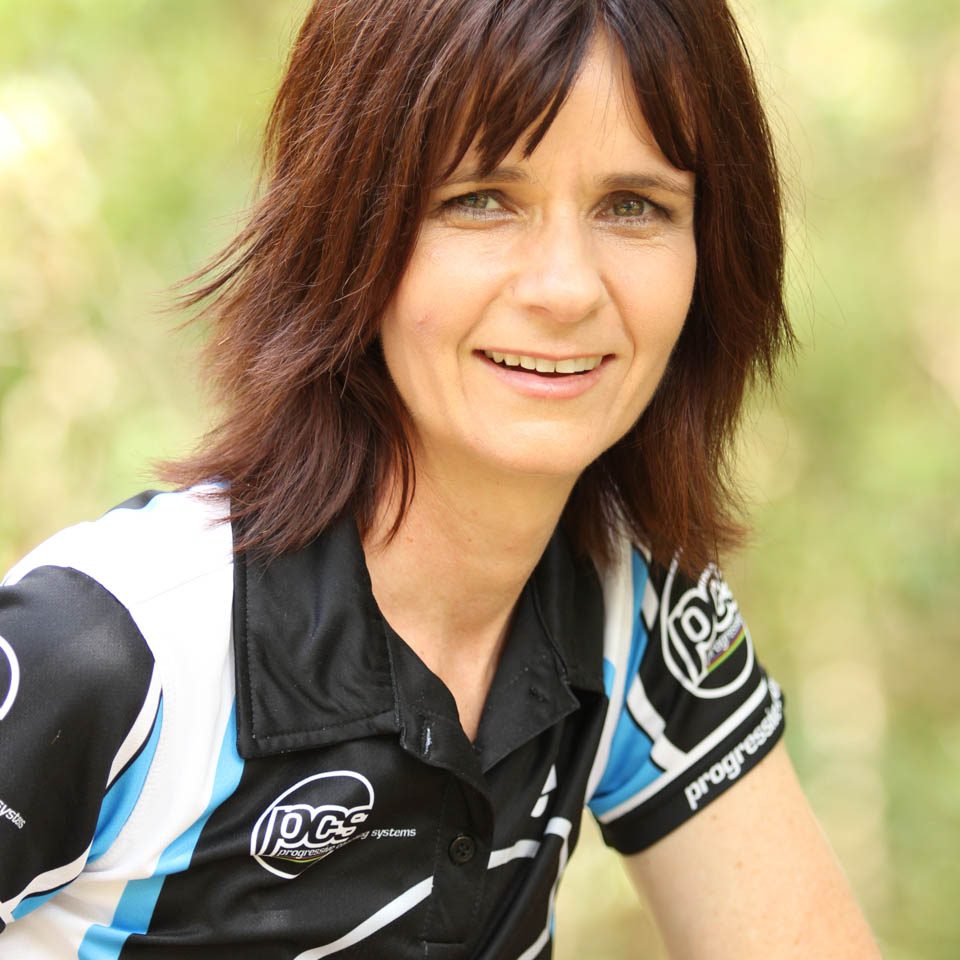Participation of women in sport has increased significantly since the early 1980s. It is generally widely assumed that women and men have equal response to training and their physiological responses don’t differ too much between the genders. Turns out, this is not true. Research in sport is generally based on male studies as women have fluctuating hormones throughout the month and make it hard for researches to get viable results. Males have exactly the same fluctuations every day. Male testosterone is high in the morning and gradually tapers off in the evening. Exercise increases production of testosterone and male’s may feel a “high” afterward. This is why they are generally used for research.

Women on the other hand have varying levels of hormones at different times according to their menstrual cycle. This makes a HUGE difference to whether the female athlete is feeling and affects performance. Estrogen helps the release of feel-good chemicals within the brain, it helps with recovery, improves muscle mass, strength and more.
If you can base your racing around that 2-4 day ovulation period you will notice increased performance as this is when estrogen is highest in the body. There is one draw back to this, however… Hydration. During this phase a woman’s temperature is increased and therefore causes more sweating. The body also tells your kidneys to reduce plasma volume by about 8% which moves fluid between the cells. This is why women may feel “bloated” during this phase.

So how do we combat this shift in fluid. Pre-hydration is the key to performance in this case. Using a sodium based hydration formula BEFORE high intensity race situations will help slow down the rate of dehydration and prime the cells so the fluid shift isn’t as big a shock to the body. It is also important to cool the body post exercise. A cold towel, cool bath will help move the blood and fluid back into the muscles to repair and facilitate recovery.

Women have smaller hearts, smaller VO2 max, and a greater capacity at storing and burning fat. This also changes with your monthly hormone changes. In the high hormone phase of the menstrual cycle women have a greater reliance on protein during exercise and at rest/recovery. Unlike men, women are generally at the same post-exercise recovery phase 2 hours after exercise.
This makes planning your recovery techniques post training sessions extra important. Women need to take advantage of that two-hour window and promote body composition of nutrients, carbohydrates and proteins. Think Recovery Drink/ Meal, active cooling, massage etc.
Women also secrete a hormone called Relaxin. Relaxin has not been studied as much as other hormones in the body however we do know that Relaxin as the name suggests causes the ligaments and joints to soften. This facilitates a woman in pregnancy to expand the uterus, accommodate a baby, and create joint laxity. Relaxin is released during the menstrual cycle and it is not uncommon for Athletes to injure themselves during this phase in the cycle. Lower back, knees and ankle injuries are common. This is something to think about when planning your race calendar for the year. There are many apps that can track menstruation and if you are serious about mountain biking, I suggest you start tracking and writing notes about how you feel during each phase.
There is a great TED talk on this subject and if you want to do some further reading check out Dr Stacy Sims at her website https://www.drstacysims.com/
And for further reading
How can PCS Help?
It’s normal that women will feel dizzy and off balance during our period. During the premenstrual (late Luteal) phase and the beginning of our menstrual cycle (early follicular phase), we experience changes in our mood resulting in increased stress levels. We find ourselves off balance, more accident prone, have poor reaction times and poor perception of exertion levels. This is all a result of the current hormonal status/imbalances during the menstrual cycle. During these 2 phases we may also experience “heavy” legs, fatigue, muscle pains, headaches, cramping, irritability and feeling down right lousy!
So does this mean we shouldn’t exercise during this time? That’s a myth! A good training program will take this into account by scheduling some well-structured recovery days around this time which means reducing training volumes and intensity.
Exercise is a natural way to increase your hormone levels but training that is well structured around when we are most vulnerable will help to avoid injuries and take complete advantage of when we are feeling our best. Book in a Breakthrough Call and we will discuss how best to work with your hormonal cycle rather than against it.
Follow this link

High Performance Mountain Bike Coach
Donna Dall
My speciality is helping serious and recreational mountain bikers break through plateaus to attain higher levels of performance so that they can get fitter, faster, stronger and win more races!

